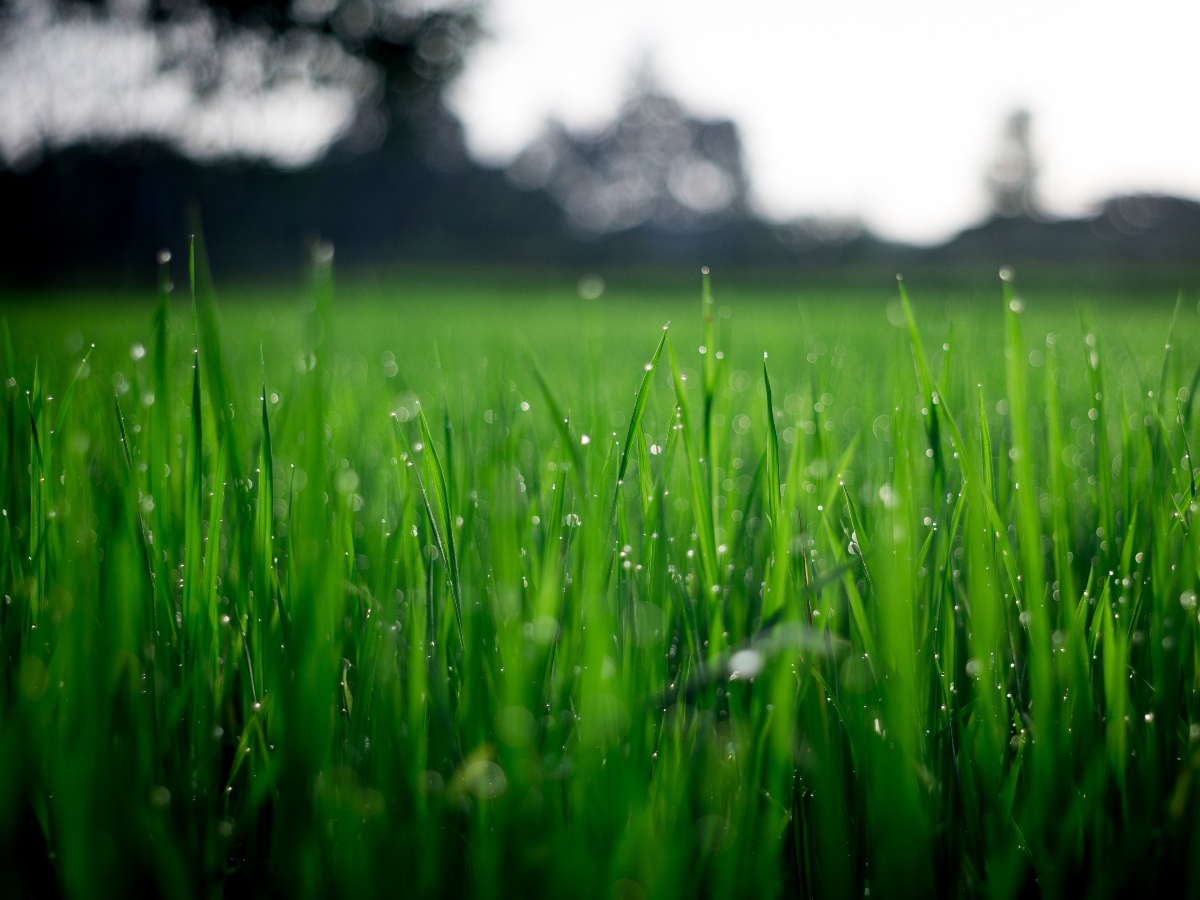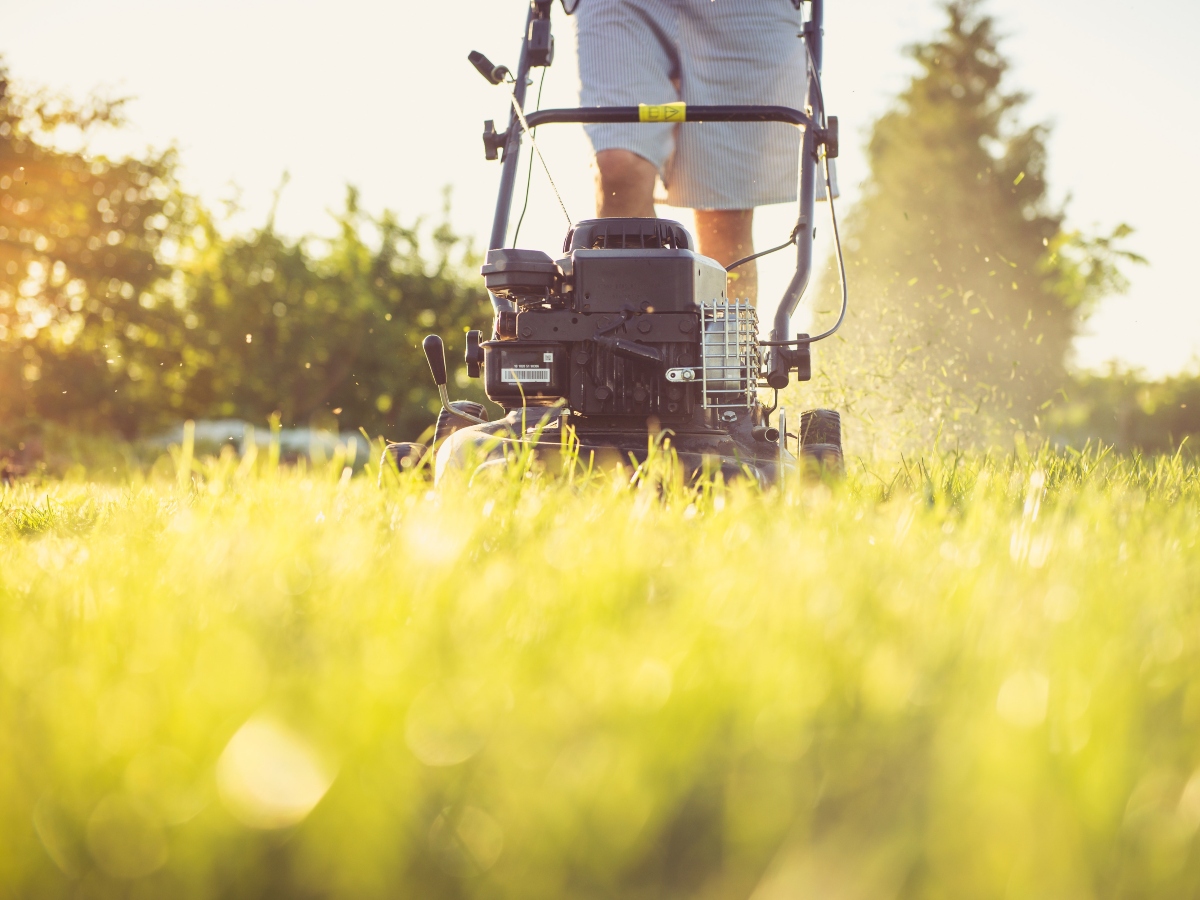Proper lawn care maintenance relies heavily on the presence of water, which is one of the main factors to consider, especially if you live in Texas. Even though watering grass should not be rocket science, many homeowners in Texas ask the following questions: “How often should I water my lawn in summer?”, “What factors should I consider?”, “Does it depend on the type of grass?”. Keep on reading to find answers to these questions and find out how often should you water your lawn in Texas summer.
When Is The Best Time to Water Your Lawn?
If you wonder, how often should you water your lawn in Texas summer, experts say that the best time to water your lawn is in the morning. You should water your grass as early as possible, preferably before 6 AM, but doing it before 10 AM is fine too. The good news is that modern irrigation and sprinkler systems have timers, so you can water your lawn during set periods.
Why is watering in the early morning so important? Here are a few reasons for that:
- It prevents water evaporation from the sun.
- Water soaks into the soil faster.
- It allows to keep lower temperatures for the turf during the hottest parts of the day.

What About the Type of Grass You Have?
The grass type you have can also affect how much water your lawn needs. Here is a list of the most common types of glass with water guidelines.
St. Augustine
This grass type needs a lot of water to stay healthy, so you need to make sure you water it enough. Make sure to run your sprinkler for two hours every other day – it will St. Augustine from burning out.
Bermuda Grass
This type is very resistant to the sun and drought. It is a great choice for those who live in the driest regions in Texas. Bermuda grass requires approximately 1 – 1.25 inches of water per week. If your soil is sandy, half of an inch every third day should be enough.
Buffalo Grass
It is another type of grass that is very tolerant to high temperatures and drought. It can keep growing and remain healthy even with a small amount of water. This grass is native to Texas, so it can survive in a hot and sunny climate. Watering Buffalo 2 to 3 times per week is more than enough.
New Zoysia Grass
This type is also known as drought-resistant grass that can survive easily without excessive watering. It stays lush even in the shade and keeps its luxurious texture. In fact, no more than 1 inch of water per week is needed to keep New Zoysia grass healthy and beautiful.
What Are the Watering Restrictions in Texas?
You also must be aware of watering restrictions in your city, the purpose of which is to safeguard water supplies. Water restrictions usually depend on the season, your home address, and the amount of rainfall.
What Are The Signs of Overwatering Your Lawn?
Believe it or not, one of the most common problems for homeowners is overwatering their lawns. This happens very often, even during the hot summer days in Texas. Knowing how often should you water your lawn in Texas summer is crucial to maintaining its health. The general rule is: you should apply one inch of water to your lawn. You also should watch for these six signs indicating that you are overwatering your lawn:
Runoff
If you notice streams of water running off the lawn, it is an indication that your grass is getting too much water and cannot absorb it anymore. The runoff water is very bad for your lawn because it washes away nutrients the grass needs.
Growing Fungi
Discoloration on your lawn is one of the most common indicators of growing fungi. Another clear indicator is growing mushrooms that usually grow in humid environments with a lot of moisture in the soil.
Weeds
An overwatered lawn is a perfect environment for weeds. If you see that the amount of weeds has increased recently and started taking over, you are probably too heavy on watering.
Your Lawn Is Spongy
You can conduct a simple test to find out how spongy your lawn is. All you need to do is to step on the lawn in a few different areas. If the soil feels spongy or squishy, you should reconsider the frequency of watering.

How to Keep Your Lawn Beautiful and Healthy in Summer: Other Things You Can Do
Here is what you can do to help your lawn look its best during the hot summer months in Texas:
Keep Your Grass Longer
Longer grass has longer roots that help keep more moisture in the soil, even when the weather is dry and hot. Moreover, mowing your grass too short can cause serious damage. Sometimes, if the grass is cut very short, it cannot recover. For this reason, experts do not recommend cutting your grass shorter than one-third of its height at once. Also, keep in mind that short grass needs more frequent watering. In order to make sure that your grass is the right length, it is better to mow your lawn more frequently.
Feed your grass
In order to stay healthy, your lawn needs a certain food. One of the best sources of nutrients for your grass is a slow-release fertilizer. It is important to feed your lawn at regular intervals because it takes about six to eight weeks for the microbes in the ground to process and absorb nutrients from the fertilizer.
Be Diligent About Weeds
Getting rid of weeds requires a special strategy. Law experts recommend using a two-prong approach of applying herbicide and fertilizer at different times of the year. When you apply fertilizer products, it helps healthy grass grow and fight off weeds. Using herbicides allows to kill already existing and growing weeds and prevents the growth of new ones. It is more effective to take care of weeds early and do it regularly, rather than applying herbicides to the entire lawn at once.
Control Wear And Tear
Your lawn might undergo significant stress caused by everyday traffic. Children and peers often cause damage and wear and tear on your grass, as well as the soil underneath. If you notice damaged areas on your lawn, try to avoid them as much as possible until the grass recovers. To prevent damage and regular wear and tear, you should overseed your lawn at the beginning of the fall. This will help your grass become thicker and repair damage from the previous year.
Make Sure Your Mower Is In Good Shape
If mower blades are dull, they can tear off grass instead of cutting it properly. Therefore, you need to make sure that the blades of your mower are sharp. It is recommended to sharpen your blades after you have used your mover for 8-12 hours.
Take Care Of Pests
During the summer seasons, insect infestations often lead to the appearance of bare patches on lawns. In the state of Texas, lawns are often susceptible to damage from three prevalent pests: armyworms, grubs, and chinch bugs. If you see patches of dying grass, finger-width strips of dead grass, or dirt mounds, your lawn is most likely pest infested. One of the most effective ways to get rid of pests is to use nematodes. By increasing the population of nematodes, you will be able to eliminate pests without adding any chemicals.
Aerate Your Grass
Did you know that your lawn needs adequate air circulation in addition to sufficient water? For this reason, it is important t aerate your grass. To accomplish this task, experts recommend inserting a garden fork into the lawn at intervals of 7 inches across the entire lawn area. You may also consider hiring a machine instead of doing it manually. When your lawn is well aerated, it will be able to absorb more water and remain lush and green for a longer period of time.



